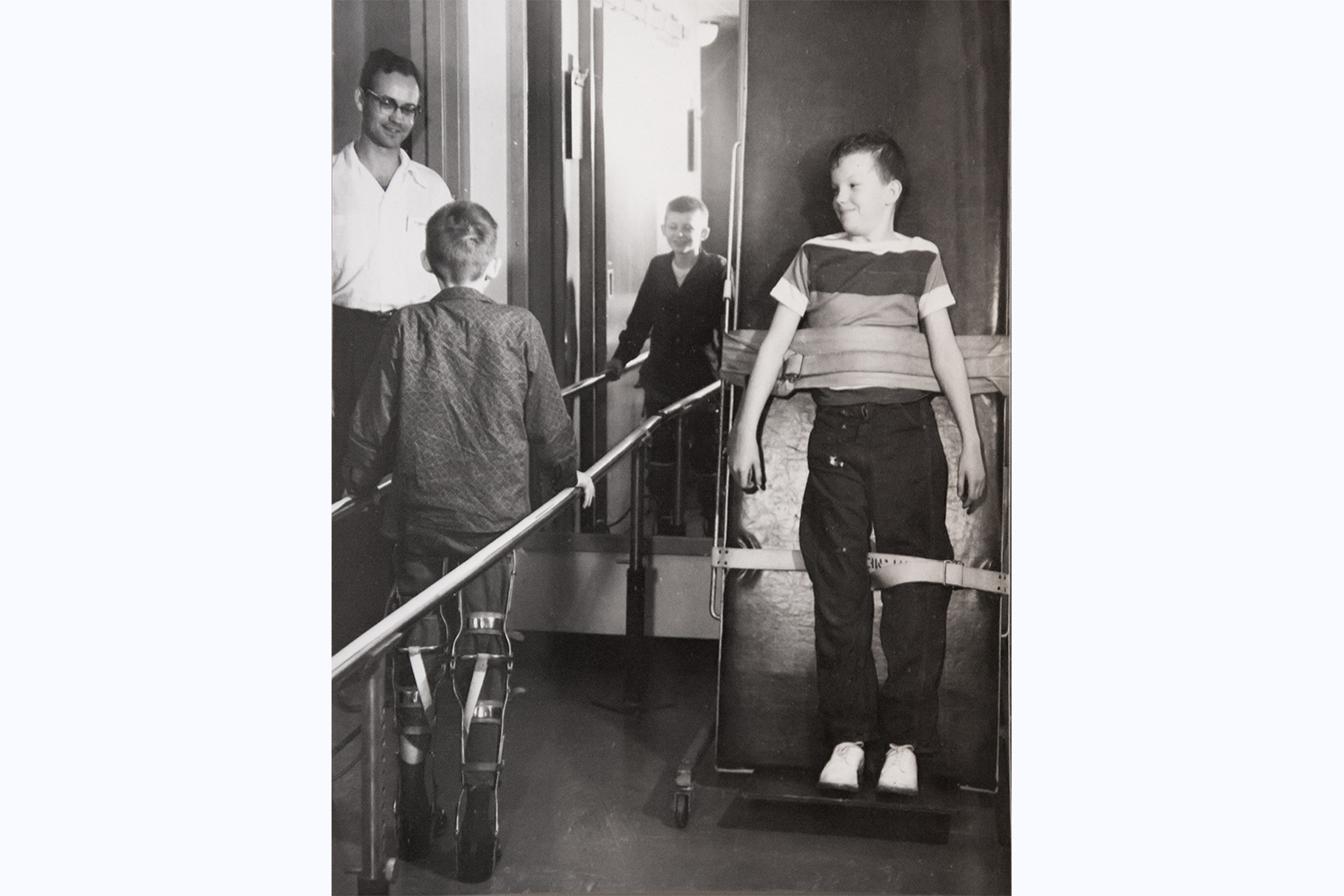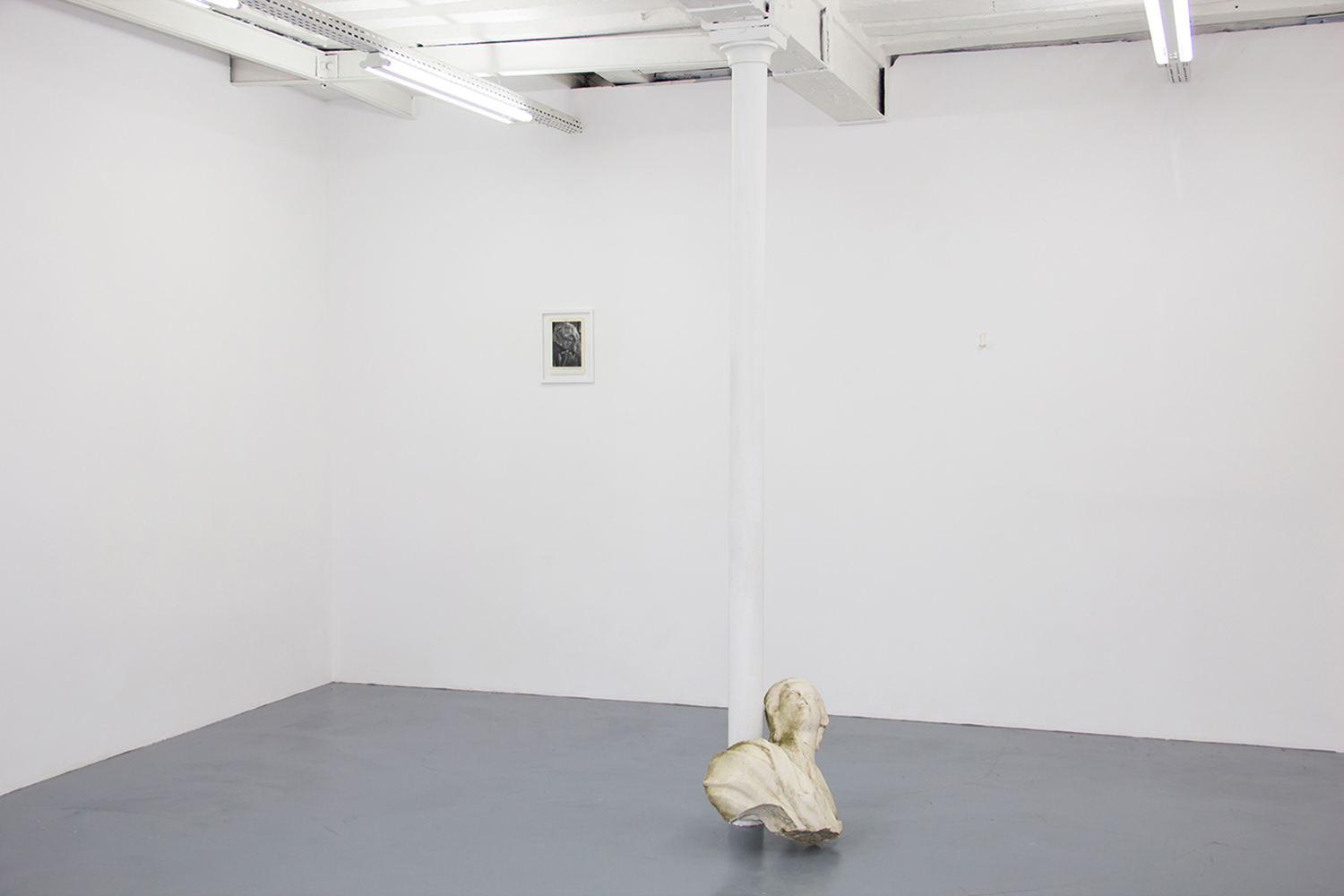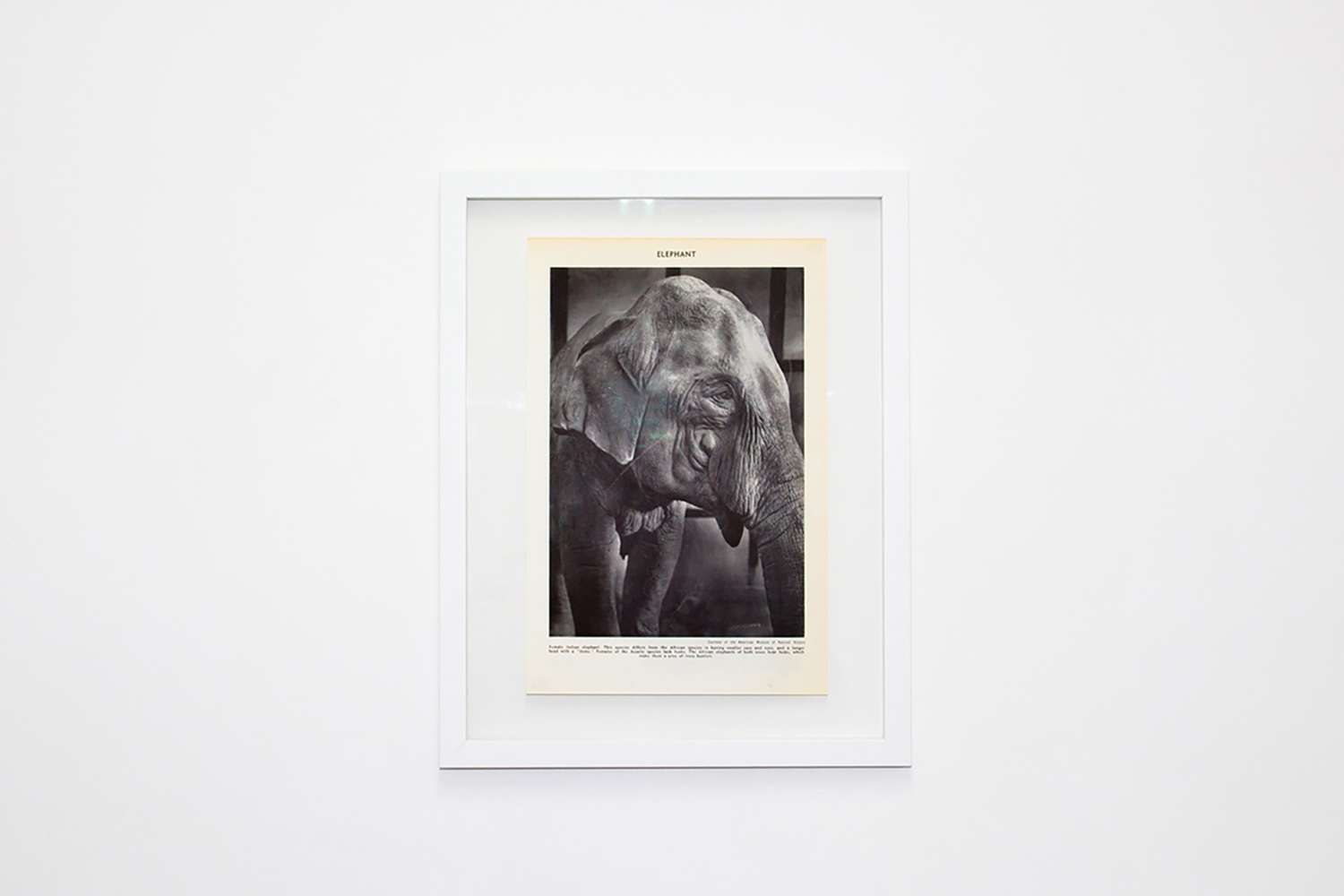Le Monde du Ticqueuer, 2016, Galerie Alberta Pane, Paris
Le Monde du Ticqueuer, 2016, Galerie Alberta Pane, Paris
Le Monde du Ticqueuer, 2016, Galerie Alberta Pane, Paris
Le Monde du Ticqueuer, 2016, Galerie Alberta Pane, Paris
Griffe, 2016, white marble, iron, 110 x 12 x 12 cm. Exhibitiov view at Musée d’histoire de la Médecine, Paris, 2020.
Fantômes de la musique, 2016, painted plaster, level, hearing, two earphones, 250 x 250 x 40 cm
Fantômes de la musique, 2016, detail
Fantômes de la musique, 2016, painted plaster, level, hearing, two earphones, 250 x 250 x 40 cm
Fantômes de la musique, 2016, detail
Promeneur, 2015, iron, spy mirror, supports of legs, photo, environmental dimensions
Promeneur, 2015, detail, archive photo
Griffe, 2016, white marble, iron, 110 x 12 x 12 cm
Placebo, 2018, diptic steel, glasses, organic material, drug 30 x 20 cm (each)
Placebo, 2018, diptic steel, glasses, organic material, drug 30 x 20 cm (each)
Lithos, 2016, white marble of Carrara, iron, lithium, glasses, 110 x 85 x 30 cm
Anosmie, 2016, white marble, resin, archive photo, environmental dimension
Anosmie, 2016, detail, archive photo
The human ear, a diagram showing the parts of the inner and outer ear. Coloured line engraving drawn by G. Kirtland in 1801
Equipment for surveying, a level and details. Engraving, 1810 | Engineering: loading of iron beams. Engraving by J. Davis after R. Tredgold, 1820.
An amputated leg in a tourniquet supported by a piece of wood that covers the end of the stump. Engraving by J. Bengo, 1830.
William Taylor, a boy born blind, looking in a mirror after his sight had been restored by surgery. Etching by T. Worlidge, 1751.
A coal mine: miners at work above and below ground. Coloured lithograph.
Face of a man whose nose had been reconstructed after a gun explosion St Bartholomew's Hospital Photographic Society | Nine noses. Drawing, c. 1794
Prostheses: artificial noses being made by an artist at work in his studio in Hampstead, London. Photograph, ca. 1921.
The entire project is composed of a series of works that contain reflections on how human beings constantly use their strengths to destroy themselves and their own story and how at the same time they attempt, conversely, to cure themselves, regenerating their bodies and recouping memories. The relationships and connections seem to show how scientific disciplines often take advantage of art in the name of progress to formulate intricate reflections on ‘normality’ and ‘deviance’.
The entire project is composed of a series of works that contain reflections on how human beings constantly use their strengths to destroy themselves and their own story and how at the same time they attempt, conversely, to cure themselves, regenerating their bodies and recouping memories. The relationships and connections seem to show how scientific disciplines often take advantage of art in the name of progress to formulate intricate reflections on ‘normality’ and ‘deviance’.
The entire project is composed of a series of works that contain reflections on how human beings constantly use their strengths to destroy themselves and their own story and how at the same time they attempt, conversely, to cure themselves, regenerating their bodies and recouping memories. The relationships and connections seem to show how scientific disciplines often take advantage of art in the name of progress to formulate intricate reflections on ‘normality’ and ‘deviance’.







































